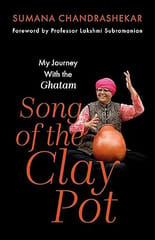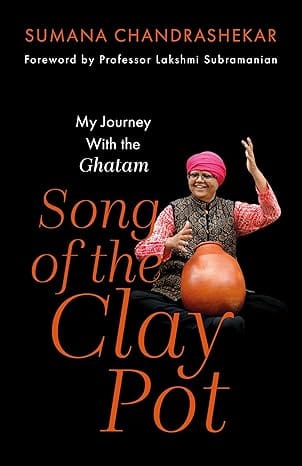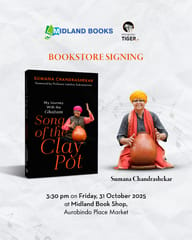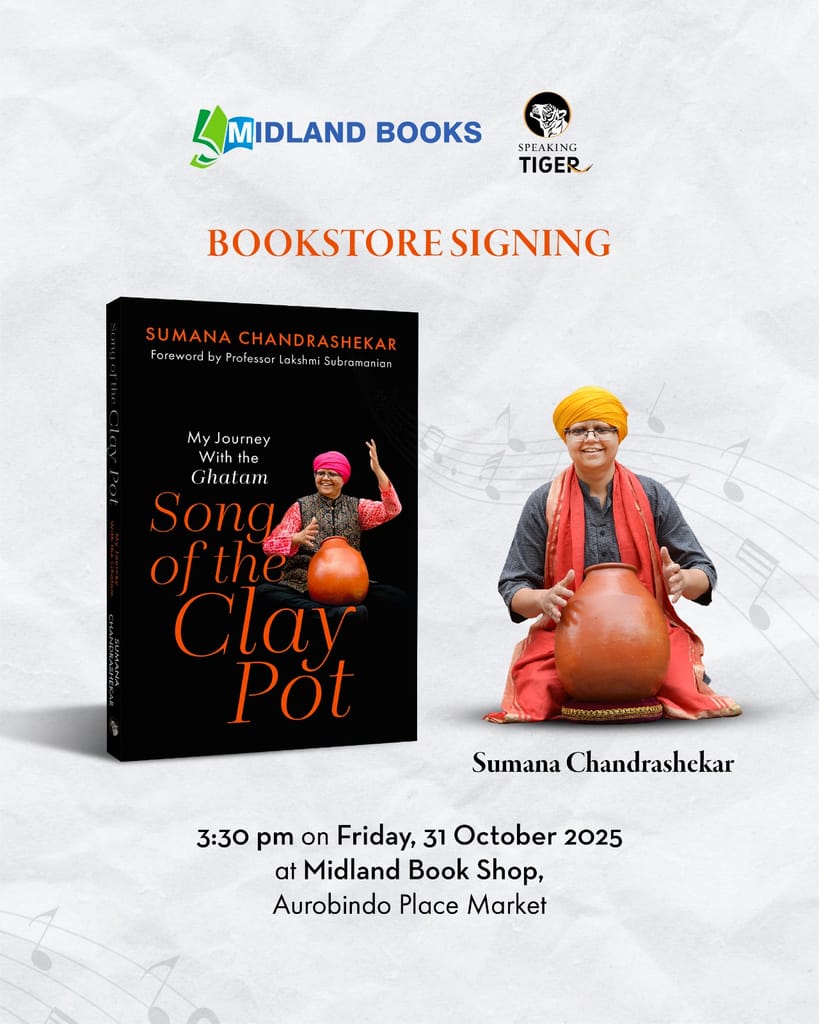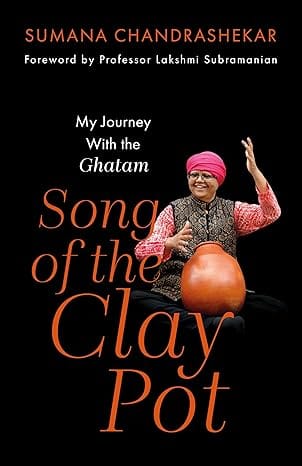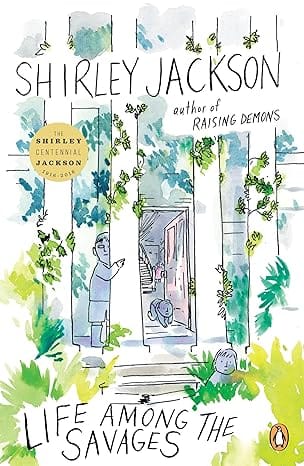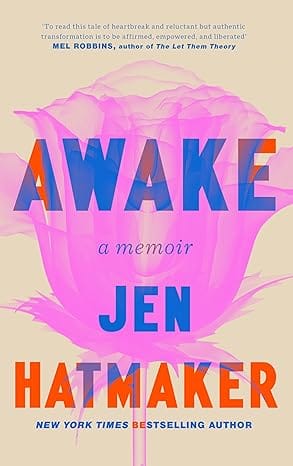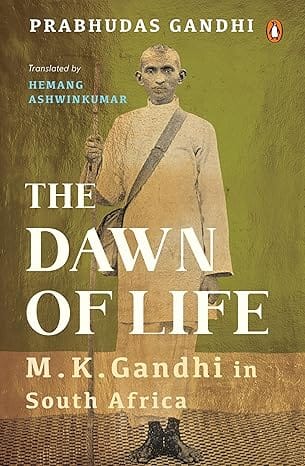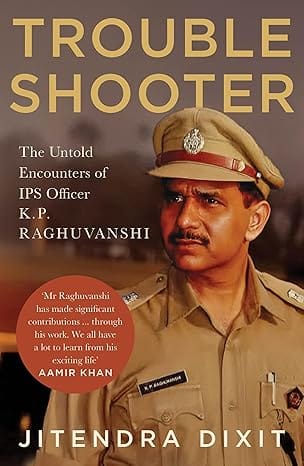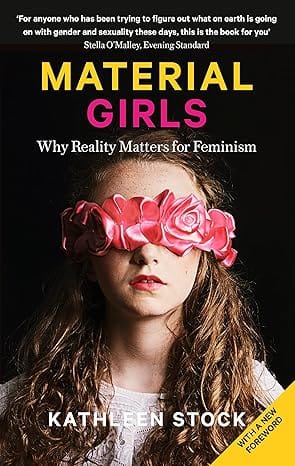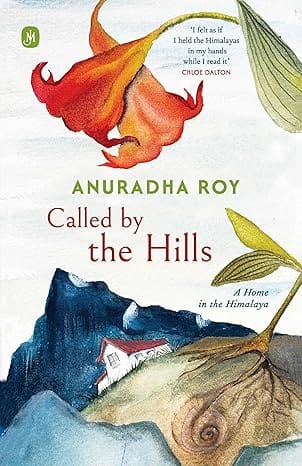WELCOME TO MIDLAND BOOK SHOP!
SHOP FOR
- Non-ficton
- Non-ficton
- Contemporary Fiction
- Contemporary Fiction
- Children
- Children
- Comics & Graphic Novels
- Comics & Graphic Novels
- Non-Fiction
- Non-Fiction
- Fiction
- Fiction
Shop No.20, Aurobindo Palace Market, Hauz Khas, Near Church +91 9818282497 | 011 26867121 110016 New Delhi IN
Midland The Book Shop ™
Shop No.20, Aurobindo Palace Market, Hauz Khas, Near Church +91 9818282497 | 011 26867121 New Delhi, IN
+919871604786 https://www.midlandbookshop.com/s/607fe93d7eafcac1f2c73ea4/677cda367903fd013d69b606/without-tag-line-480x480.png" [email protected]9789363369627 68a0790fb8329c0baa35d053 Song Of The Clay Pot My Journey With The Ghatam https://www.midlandbookshop.com/s/607fe93d7eafcac1f2c73ea4/68a07911b8329c0baa35d05b/719ssvvaptl-_sy466_.jpg 9789363369627
"Who was the first ghatam player in the universe? Was it Lord Ganesh, who drummed out a rhythm on his potbelly? Or Shiva, whose love for the clay pot was so great that he decided to manifest on earth as one, becoming Kumbheswara, a form in which he is still worshipped in Tamil Nadu? Or was it Gundayya, the potter, who played and played on the pots he made, until the ‘whole world danced to the sound of the pot’? Or was it the village women who, since time immemorial, have walked home every evening with their pots on their heads, playing on them with their rings and bangles? In this fascinating book, Sumana Chandrashekar describes her love affair with the ghatam from the time when it called to her in her dreams, leading her to Sukanya Ramgopal, contemporary India’s first woman ghatam player, and to Sukanya’s own guru, Vikku Vinayakram, who, in 1966, had played the ghatam in New York, as an accompanist for the legendary M.S. Subbulakshmi, bringing this humble instrument onto the world stage. In tracing the journey of the ghatam, from the moment it is shaped on the potter’s wheel from clay gathered from pond and lake beds, to its entrée on stage, Chandrashekar regales us with nuggets from the history of Carnatic music, including musical censorship that led to the rejection of the ghatam and AIR’s ban on the harmonium from 1940 to 1971. She talks eloquently about the hierarchies amongst instruments—the ghatam being fifth in the line after the main artist, violin, mridangam and khanjira—and how this affects equations between artists. She is candid about the gender biases against women artists, and the pressure to ‘conform’—an aspect she has frequently experienced, having eschewed the traditional kanjeevaram sari and neatly coiled hair, for a kurta pajama and turban. Written as lyrically as the music it describes, Song of the Clay Pot is a deeply researched and thought-provoking book, replete with history, legend and romance, essential reading for all music lovers, and for those who love a good story."
About the Author
"Sumana Chandrashekar is a ghatam player, writer and researcher. She studies the ghatam under Sukanya Ramgopal, and has been a student of Carnatic vocal music as well. Sumana has performed extensively, has worked on several experimental and collaborative music projects and projects in music education. As a researcher into music histories, her specific interest lies at the confluence of language, migration, gender and music. She has travelled widely in India and has worked closely with artists and artist communities. Sumana has a Master’s in Economics and has had a long stint at India Foundation for the Arts. She is currently based in Bengaluru."
in stockINR 479
1 1
Email ID already exists!
Your Current password is incorrect
Password Updated Successfully
Thanks for your Feedback
- Home
- Non-Fiction
- Biographies
- Song Of The Clay Pot My Journey With The Ghatam
Song Of The Clay Pot My Journey With The Ghatam
ISBN: 9789363369627
₹479
₹599 (20% OFF)SIZE GUIDE
Details
- ISBN: 9789363369627
- Author: Sumana Chandrashekar
- Publisher: Speaking Tiger
- Pages: 276
- Format: Hardback
Book Description
"Who was the first ghatam player in the universe? Was it Lord Ganesh, who drummed out a rhythm on his potbelly? Or Shiva, whose love for the clay pot was so great that he decided to manifest on earth as one, becoming Kumbheswara, a form in which he is still worshipped in Tamil Nadu? Or was it Gundayya, the potter, who played and played on the pots he made, until the ‘whole world danced to the sound of the pot’? Or was it the village women who, since time immemorial, have walked home every evening with their pots on their heads, playing on them with their rings and bangles? In this fascinating book, Sumana Chandrashekar describes her love affair with the ghatam from the time when it called to her in her dreams, leading her to Sukanya Ramgopal, contemporary India’s first woman ghatam player, and to Sukanya’s own guru, Vikku Vinayakram, who, in 1966, had played the ghatam in New York, as an accompanist for the legendary M.S. Subbulakshmi, bringing this humble instrument onto the world stage. In tracing the journey of the ghatam, from the moment it is shaped on the potter’s wheel from clay gathered from pond and lake beds, to its entrée on stage, Chandrashekar regales us with nuggets from the history of Carnatic music, including musical censorship that led to the rejection of the ghatam and AIR’s ban on the harmonium from 1940 to 1971. She talks eloquently about the hierarchies amongst instruments—the ghatam being fifth in the line after the main artist, violin, mridangam and khanjira—and how this affects equations between artists. She is candid about the gender biases against women artists, and the pressure to ‘conform’—an aspect she has frequently experienced, having eschewed the traditional kanjeevaram sari and neatly coiled hair, for a kurta pajama and turban. Written as lyrically as the music it describes, Song of the Clay Pot is a deeply researched and thought-provoking book, replete with history, legend and romance, essential reading for all music lovers, and for those who love a good story."
About the Author
"Sumana Chandrashekar is a ghatam player, writer and researcher. She studies the ghatam under Sukanya Ramgopal, and has been a student of Carnatic vocal music as well. Sumana has performed extensively, has worked on several experimental and collaborative music projects and projects in music education. As a researcher into music histories, her specific interest lies at the confluence of language, migration, gender and music. She has travelled widely in India and has worked closely with artists and artist communities. Sumana has a Master’s in Economics and has had a long stint at India Foundation for the Arts. She is currently based in Bengaluru."
User reviews
NEWSLETTER
Subscribe to get Email Updates!
Thanks for subscribing.
Your response has been recorded.

India's Iconic & Independent Book Store offering a vast selection of books across a variety of genres Since 1978.
"We Believe In The Power of Books" Our mission is to make books accessible to everyone, and to cultivate a culture of reading and learning. We strive to provide a wide range of books, from classic literature, sci-fi and fantasy, to graphic novels, biographies and self-help books, so that everyone can find something to read.
Whether you’re looking for your next great read, a gift for someone special, or just browsing, Midland is here to make your book-buying experience easy and enjoyable.
We are shipping pan India and across the world.
For Bulk Order / Corporate Gifting
 +91 9818282497 |
+91 9818282497 |  [email protected]
[email protected]
Click To Know More
INFORMATION
QUICK LINKS
ADDRESS
Midland Book Shop - Hauz Khas
Shop No.20, Aurobindo Palace Market, Near Church, New Delhi
Shop No.20, Aurobindo Palace Market, Near Church, New Delhi

